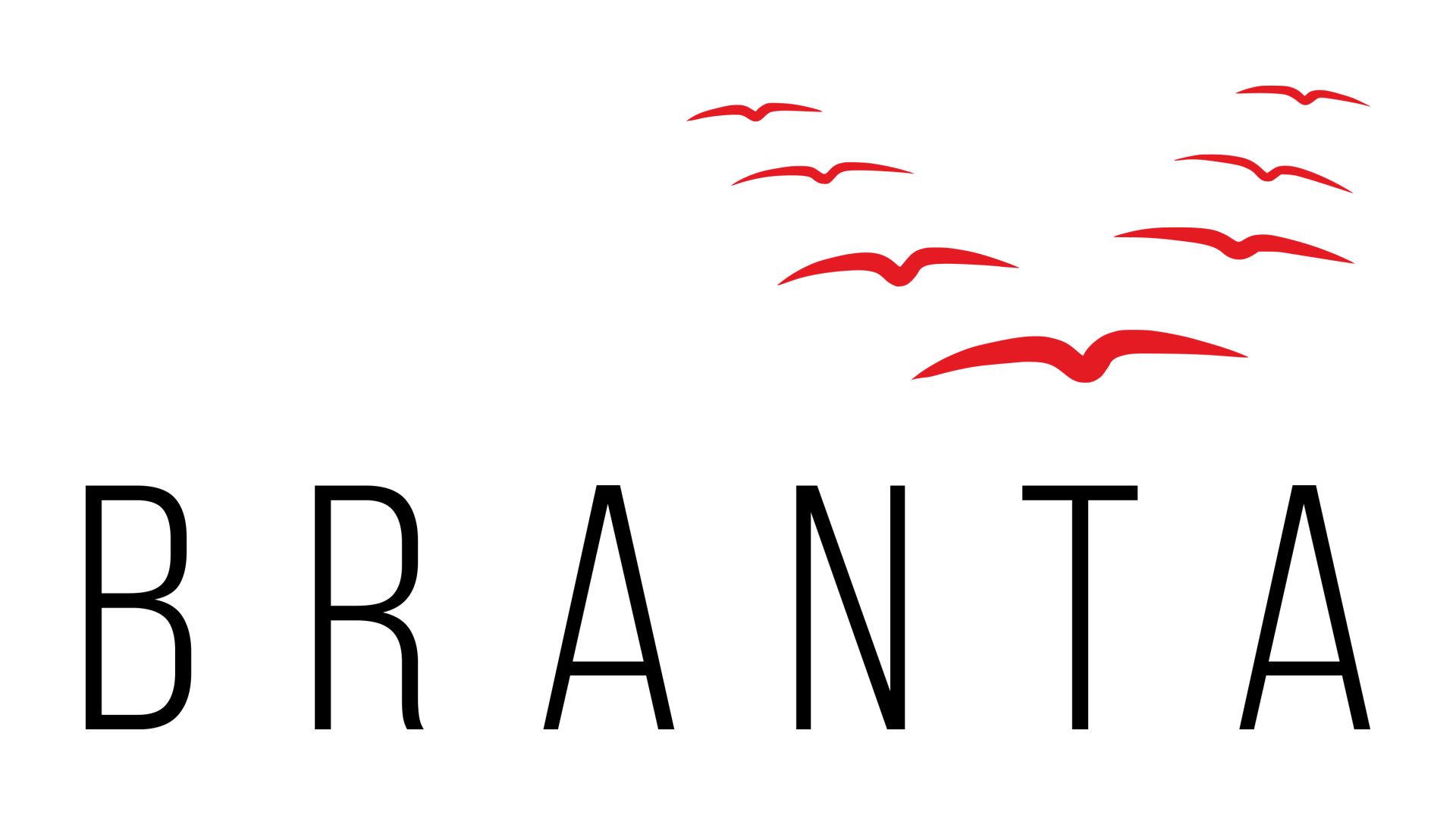Debt in 2025: the UK map is shifting - here’s what to do about it
The British Business Bank’s latest Nations & Regions Tracker has landed, and it’s quietly good news for smaller firms outside London, especially if you rely on loans, overdrafts or asset finance. Deal-making at the venture end is still tough, but mainstream borrowing is recovering, and the Bank is ramping up place-based support across England, Scotland, Wales and Northern Ireland. Below is what matters if you run (or advise) an SME.
The quick scan (what moved this year)
- External finance use is steady overall: 45% of SMEs used some form of external finance in 2024, down just slightly from 2023. Northern Ireland tops the usage charts at 52%, the North West saw the biggest rise, while the East Midlands slipped back.
- What SMEs actually used: Credit cards, overdrafts, and leasing or hire-purchase remain the top three. Leasing and HP are particularly strong in Northern Ireland and Scotland, but lag in London.
- Borrowing appetite is creeping back: More SMEs say they’re happy to use finance to grow, particularly in the West Midlands, where that sentiment jumped markedly.
- Advice matters (and demand for it is up): Half of SMEs say they’d seek external advice if they needed finance, with the figure highest in the North East, Scotland and London.
Debt is back (mostly)
Loans and overdrafts from major banks rose sharply by number and modestly by value in 2024, reversing two years of decline. Growth was broad-based, led by the South East and West Midlands.
On a per-business basis, lending remains densest in Northern Ireland, Scotland, the North East, South West and North West. London shows fewer but larger facilities. Asset finance continues to grow steadily, with the East Midlands standing out for its share relative to the number of SMEs.
Mind the micro-geographies (deprived vs rural)
Regional averages hide sharp local differences:
- Highly deprived areas: Lower usage of overdrafts, loans and asset finance; lower confidence; and fewer businesses receiving their full requested funding.
- Rural firms: More confident and more likely to be approved, but 75% approach only one provider, which leaves money on the table.
Your postcode and local networks still shape your funding outcomes. If you’re in a coastal, rural or highly deprived pocket, “shop around” isn’t just good practice, it’s a return-on-effort multiplier.
Equity? Still concentrated, still slower
For context only (most SMEs won’t raise equity): total UK equity investment fell slightly in 2024, and deal volumes dropped to a decade low by mid-2025. London’s share of deals eased marginally while Scotland, the North West and East Midlands grew against the trend.
What we’re seeing on the ground
At Branta, we’re seeing fierce competition for SME lending on commercial terms. Banks and alternative lenders are fighting for mandates on pricing and structure. Margins are narrowing, fees are being waived, and conditions are improving.
But one thing isn’t changing: risk appetite. If anything, it’s softening. Credit teams remain cautious, particularly on new-to-bank clients or anything outside mainstream security profiles. There’s appetite to lend, but only for well-packaged proposals. The “competition” right now is for safe assets, not adventurous lending.
For borrowers, that makes presentation and preparation critical. A well-structured pack (clear purpose, sensitivity analysis, and covenant visibility) still makes the difference between ‘maybe later’ and ‘offer issued’.
Why this matters for SMEs (and their advisers)
- Pricing power is improving: With base rates easing and liquidity returning, affordability has improved versus 2023. If your overdraft hasn’t been reviewed in a year, it’s time.
- Asset finance is under-used in the South: Despite strong sectors, many southern firms are missing the flexibility and cash protection it offers.
- Advice arbitrage: SMEs that consult multiple providers get better terms and structures. Rural firms that stick to one lender tend to pay more.
Five practical moves to make now
- Re-price your working capital: Ask lenders to re-base margins and fees given 2024–25 conditions; run an “all-in cost” comparison across two or three providers.
- Use asset finance to protect cash: Free up cash tied in equipment and vehicles by switching to HP or lease structures.
- Blend instruments: Combine a small capex facility with a seasonal working capital facility instead of forcing one product to do both.
- Shop local, not just big-five: Challenger banks and specialist lenders are competitive again, often offering faster decisions and better structures.
- Get a second look if you’re in a cold spot: In rural or under-served areas, a better-fit lender often exists, you just need to look beyond the obvious.
One genuinely new lever: more place-based funding
The British Business Bank is expanding its geographically focused funds, including new East and South East investment funds, a larger Regional Angels Programme, and “Cluster Champions” in innovation hubs. In 2024/25, over 80% of Bank-backed businesses were outside London - a clear shift in focus that SMEs should welcome.
How Branta helps
We benchmark your current facilities, design the right blend of debt options, run a competitive process across multiple lenders and negotiate terms that actually fit. Whether you’re in Hampshire, the Highlands or anywhere in between, we know who’s lending and how to get them comfortable.
Want a quick sense-check? Book a 15-minute call and bring your latest facility letters.





